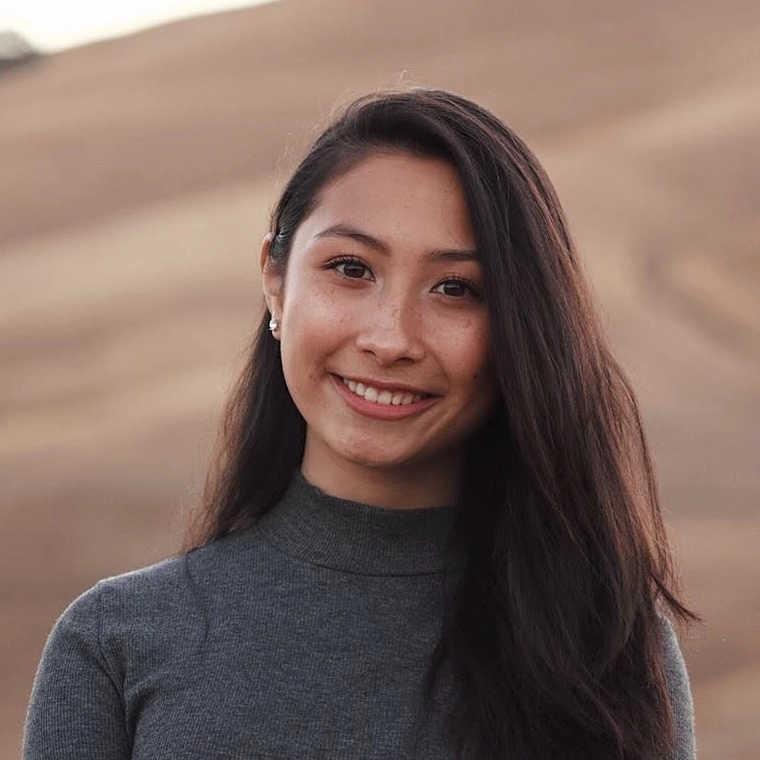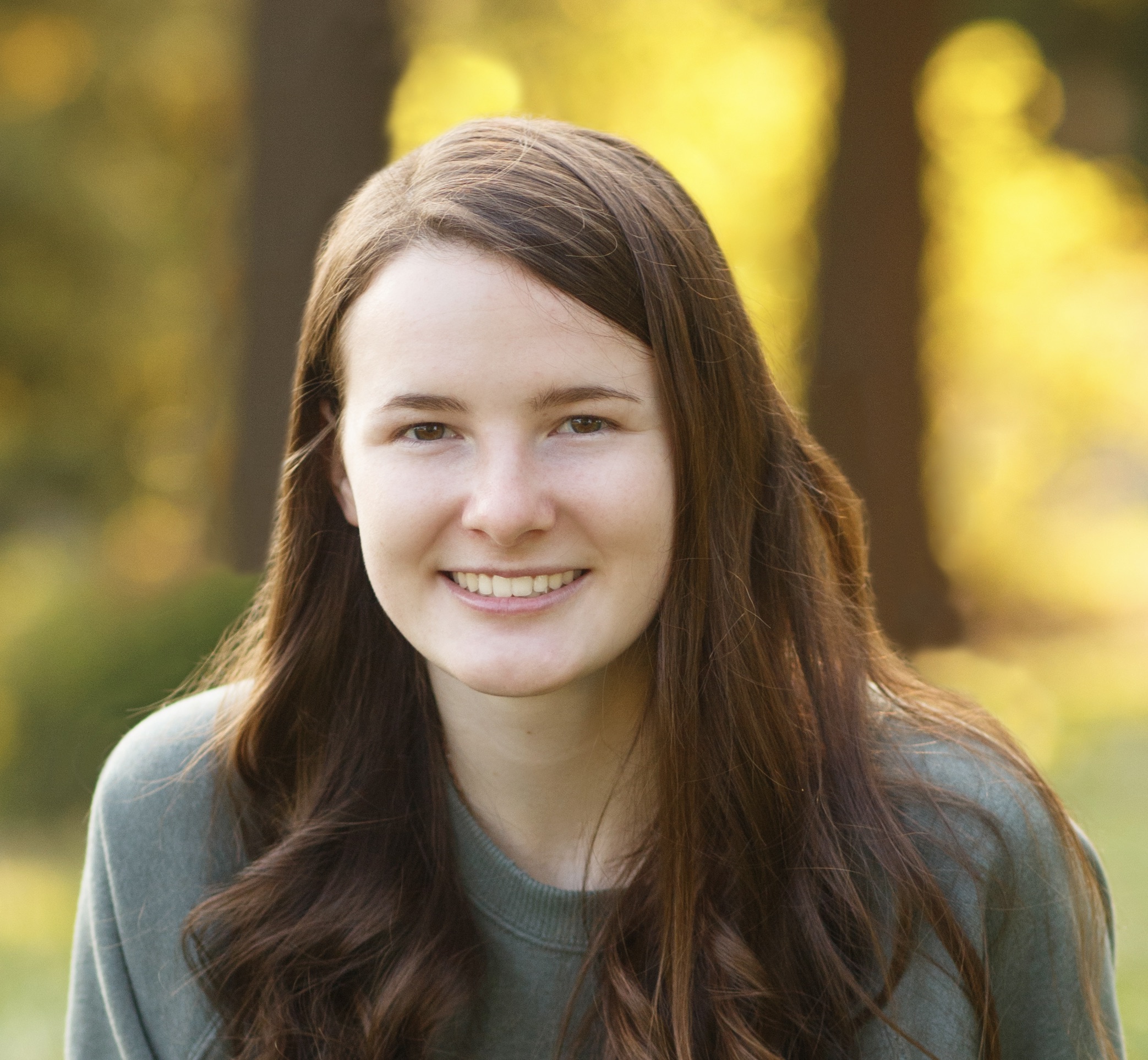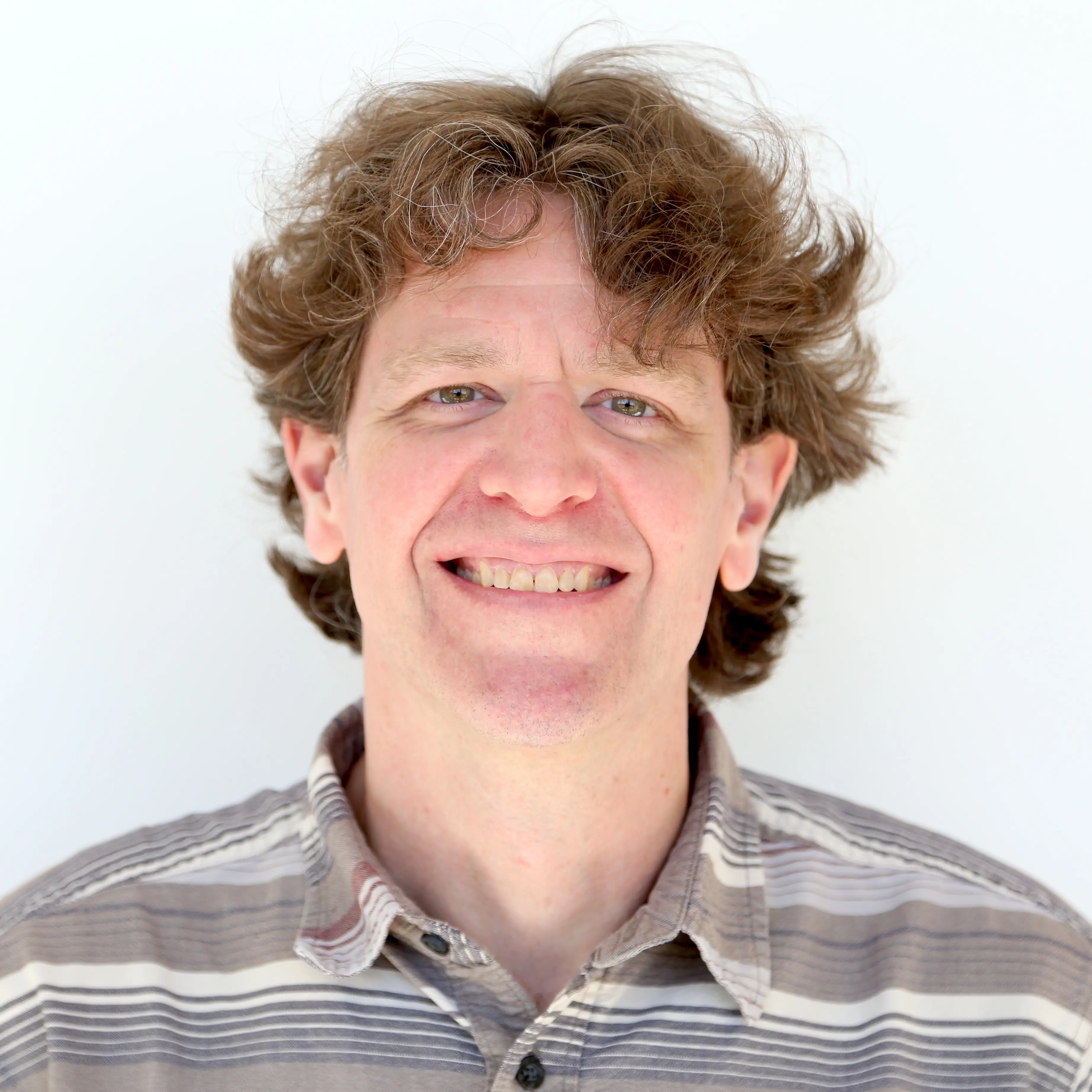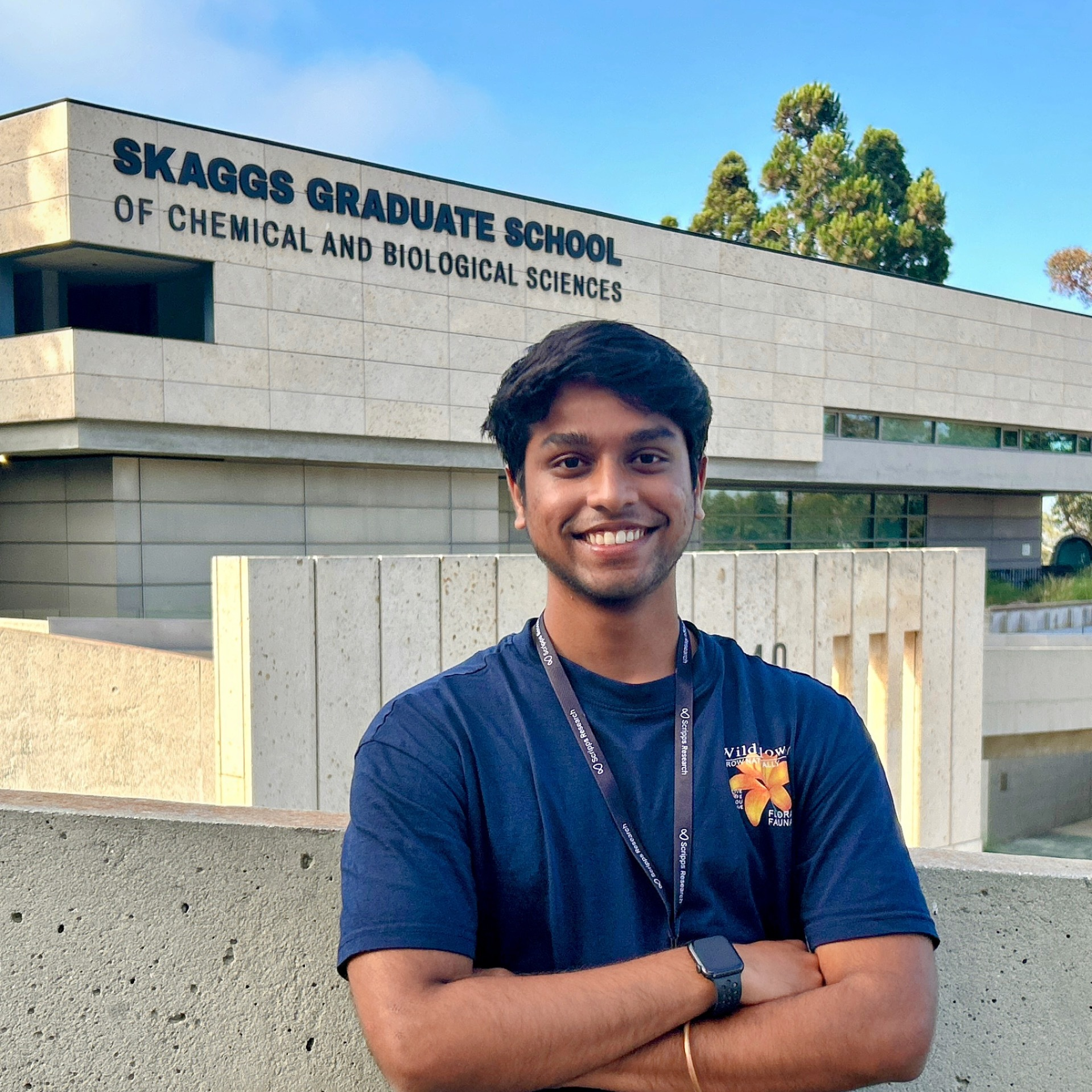Barad Lab Members
The Barad lab welcomes people of any race, ethnicity, religion, national origin, gender identity, gender expression, caregiver and family commitments, political affiliation, sexual orientation, and eligible age or disability status.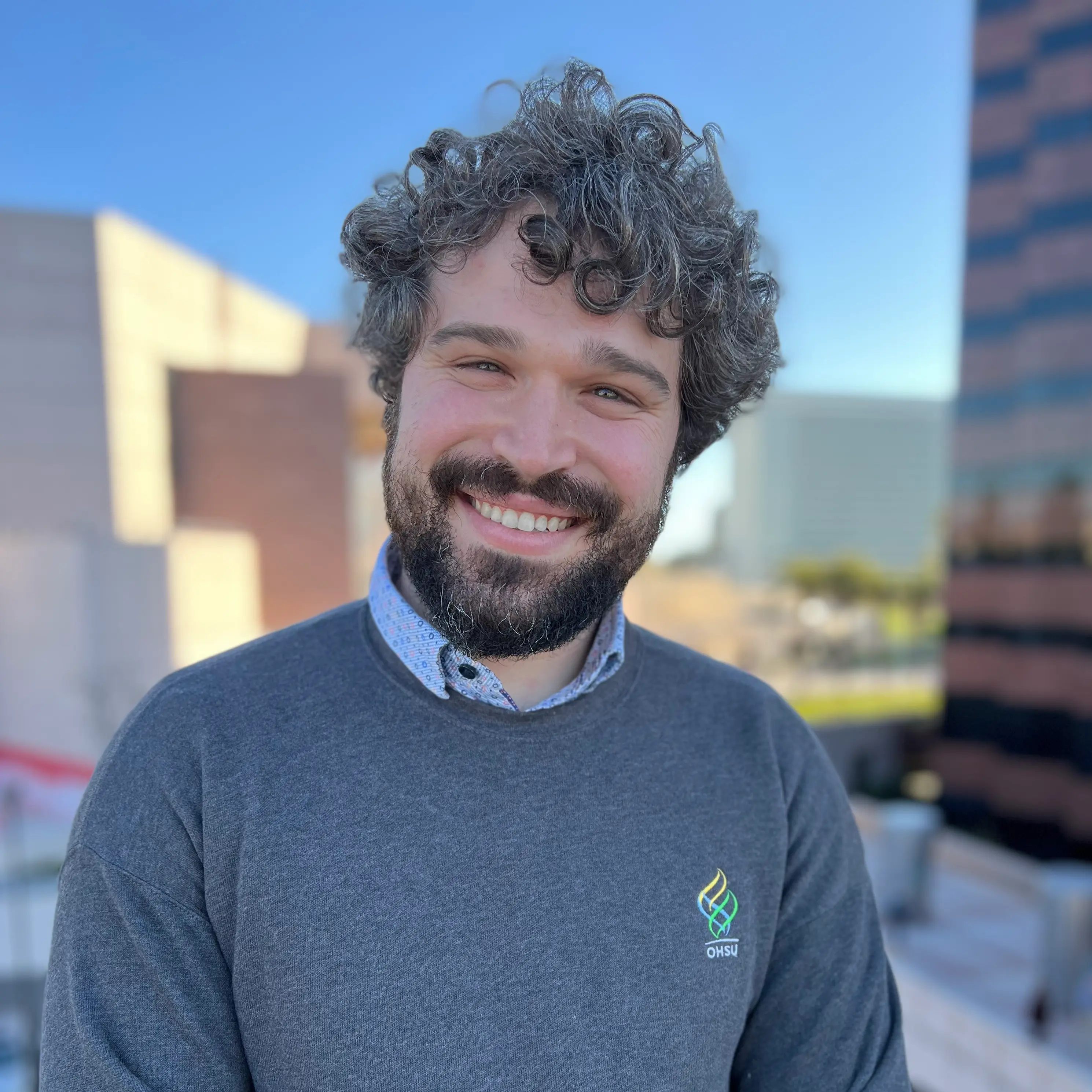
Benjamin Barad, Ph.D.
he/him/his
Assistant Professor
[email protected]
 OHSU People Profile
OHSU People Profile  0000-0002-1016-862X
0000-0002-1016-862X  Benjamin's Citations
Benjamin's Citations  @tomo.science
@tomo.science  @benjaminbarad
@benjaminbarad  bbarad
bbarad Ben is a structural biologist with a special interest in emerging computational and experimental methods in electron microscopy. In January 2024, he founded the Barad lab at Oregon Health & Science University in Portland, OR. His long term goal is to build workflows that unify and contextualize protein structure and cellular ultrastructure into a multi-scale understanding of cellular function and regulation.
He completed his undergraduate degree in Biological Chemistry at Stanford University, where he worked with Elizabeth Sattely investigating bacterial degradation of the plant polymer lignin. While there, he grew to love the collective regulation of large-scale ultrastructural features of organisms (such as the plant cell wall) by individual enzymes. This is a passion that has continue to fuel his scientific path to this day.
He received his PhD in biophysics from UCSF in the lab of James Fraser, where he developed methods for the building and validating atomic models generated from single particle electron microscopy. He also developed novel computational analysis tools for time-resolved x-ray scattering experiments and investigated the mechanisms of activity of mammalian chitinases.
Previous to starting the Barad lab, he worked as a postdoc with Danielle Grotjahn, using cryo-electron tomography of focused ion beam-thinned cells to quantify mitochondrial morphology and solve in situ protein structures. While there, he developed the Surface Morphometrics Pipeline, the ongoing development of which continues in the Barad lab. He also developed automation advances that allowed the collection and processing of hundreds of tilt series, and used these advances to study changes to the architecture and regulation of mitochondrial fission in response to varied chemical and genetic perturbations. Some of that work is ongoing!
Beyond his scientific interests, Ben is excited about food and cooking, coffee, 3D printing, and games.
Jessica uses cryo-electron tomography to explore the cellular membrane rearrangements undergone by mammalian cells following bacterial infection. She graduated UC Berkeley in 2024 where she studied Biochemistry, Biophysics, and Structural Biology and did her undergraduate research in the structure and polyubiquitination mechanism of the membrane embedded Pex2-10-12 E3 ligase, a protein complex involved in peroxisomal targeted protein import.
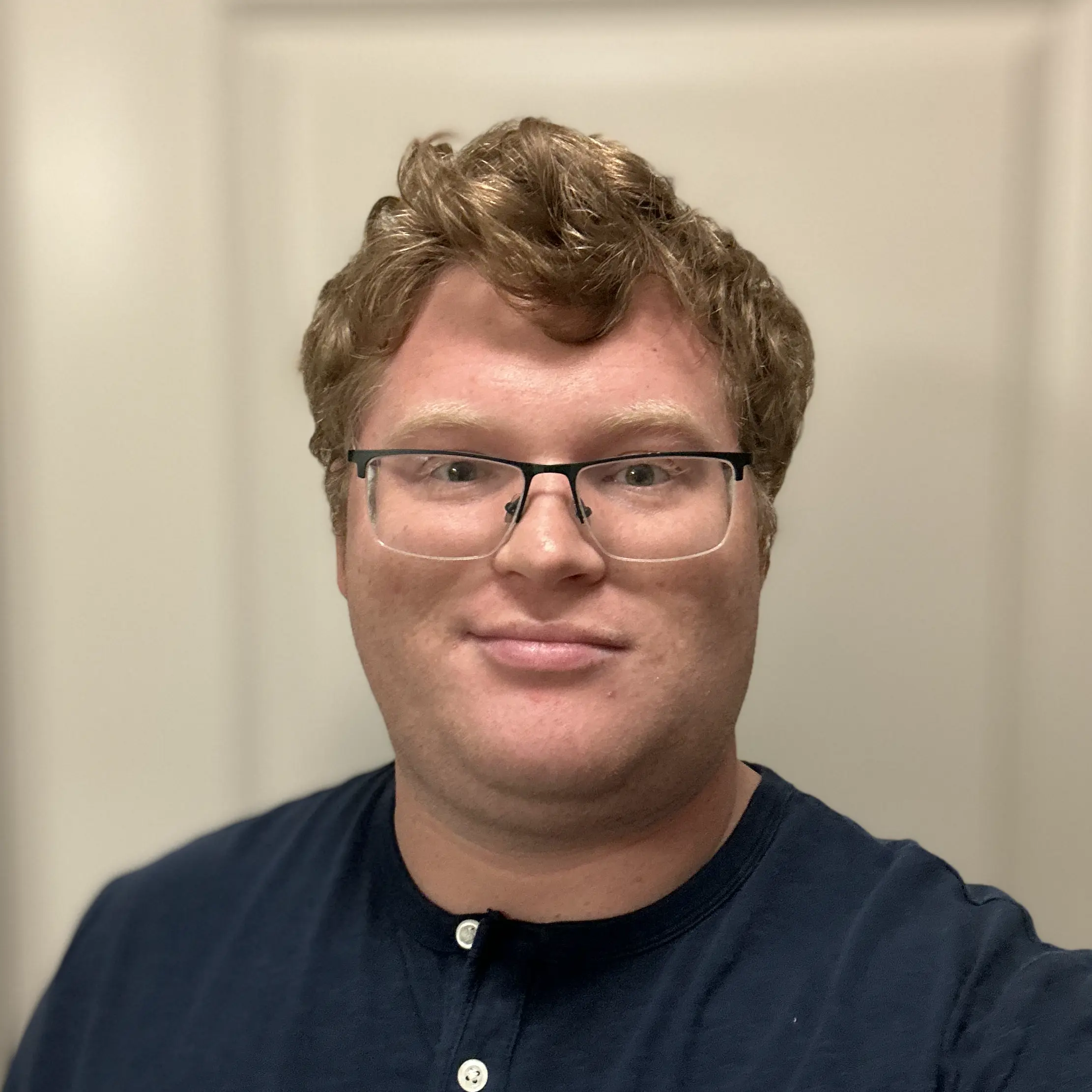
Mark Frank, Ph.D.
he/him/his
Postdoctoral Scholar
[email protected]
 0000-0001-9179-6881
0000-0001-9179-6881  Mark's Citations
Mark's Citations  @markfrankbio
@markfrankbio  @markfrankbio
@markfrankbio  maf491
maf491 Mark received his Ph.D. in Biochemistry, Microbiology, and Molecular Biology from The Pennsylvania State University on August 10, 2024. During his Ph.D., Mark studied the structure/function of cellulose synthase as part of the Center for Lignocellulose Structure and Formation in the lab of B. Tracy Nixon, where he learned how to analyze and process tilt series data for reconstructing tomograms and subsequent subtomogram averaging to determine the nanoscale structure of cellulose microfibrils synthesized in vitro.
In the Barad Lab, Mark focuses on leveraging Cryo-ET to characterize cellular response to intracellular bacterial infection through cytoskeletal rearrangements and membrane remodeling.
Kate is currently double majoring in Biochemistry and Biology at George Fox University. At George Fox, she is also involved in the Biochemistry Student Council and holds various student employee positions in the Department of Biology and Biochemistry. She joined the Barad Lab through the Chemical Physiology and Biochemistry Summer Undergraduate Research Program, and she is excited to help further the understanding of the impact of bacterial infection on mammalian cells using cryo-electron tomography.
Andrew is interested in working at the interface of chemistry and biology to reveal the underlying mechanisms of frequently intractable cellular processes such as lipid trafficking and membrane dynamics. He wants to accomplish this by utilizing an approach that bridges the disciplines of biochemistry, chemical biology, and structural biology, to achieve a greater understanding from the molecular to the cellular level.
Hemanth is a sophomore at Dickinson College, pursuing a double major in Computer Science and Neuroscience. Prior to joining Brarad lab, Hemanth interned at Grotjahn lab where he developed a dashboard for streamlined data management. Hemanth’s research interests span the fields of structural biology, aging and artificial intelligence. Driven by a simple yet profound mission: solve complex, non-obvious problems that uplift and transform human lives. Outside the lab he enjoys writing and rock climbing. Occasionally building fun little coding projects at 2 am jamming to telugu melodies.
